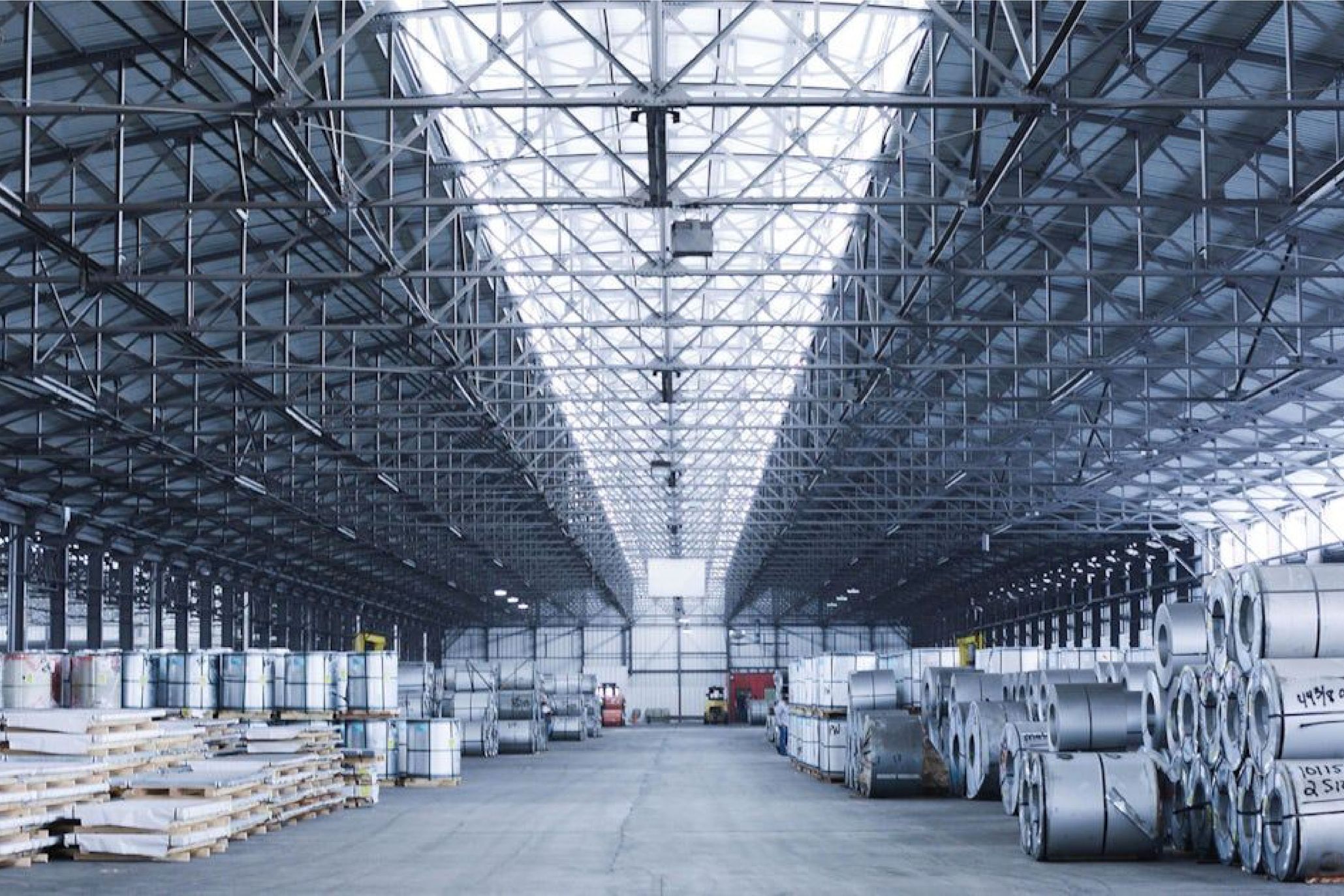Overview
Hibernia Steel is a wholesale steel distributor to the construction industry based in Meath, Ireland.
Key Stats
€10,000
Energy savings/year
50 Tonnes
Carbon saved/year
Rooftop
Installation Type
6 Months
Project Length
Challenge
The company uses 200 megawatt hours of electricity per year, with certain equipment for shot blasting and heat treatment consuming high amounts of energy.
Hibernia Steel was looking for a reliable, clean energy solution to reduce electricity costs, lower environmental impact, decrease carbon emissions and generate green energy.
Solution
CoolPlanet engineered, designed and built a rooftop solar array for Hibernia Steel, with zero interruption to the site’s operations. The project took 6 months from beginning to end, and there was no shutdown required.
CoolPlanet provided end-to-end services looking after everything from design to planning to procurement and the installation. The design and planning phases took 4 months, the procurement process took 4 weeks, and on site building was 10 days.
Hibernian Steel had a good amount of south facing roof space with plenty of capacity. They also had space on their low voltage distribution board that they could tie into.
CoolPlanet installed almost three hundred 270 watt panels, with one 10 kilowatt inverter that has a technology called shadefix. This means that if one of the panels gets shaded it is isolated from the rest of the array
Benefit
Our design allowed Hibernian Steel 40% self-sufficiency, and savings of €10,000 a year on their energy costs. The array can produce 100 kilowatt hours per year, saving 50 tonnes of CO2 per year, or 1,000 tonnes over the lifetime of the array
FAQ's
What is Shadefix Technology?
If one solar panel gets shaded in a solar array, the rest of the array’s production drops down to the lowest common denominator. This is why a shaded panel needs to be isolated. We install Shadefix software to do this.
Why is an inverter needed?
Inverters are convertors. Electricity comes out of your panels as direct current DC. This goes into an inverter which changes it to AC which is the power that is used in factories.
Why are rooftop solar arrays easier?
Rooftop solar is the easiest to get as there is the least amount of issues. Ground mounted solar requires a geotechnical survey which is more onerous. If you opt for ground mounted solar, we manage all the ESB grid permissions, and applications to EirGrid. We install a G10 relay that prevents power going back to the grid if there is a power cut. This protects any technicians working on the grid.
Can costs be reduced in any way?
If you combine solar with a Heat Pump you could have a 3 year payback. As opposed to a 5 year with solar alone. If you include a heat pump, EV chargers and solar then you will receive a grant of up to 30% of funding (read here for more information about EU energy grants). Furthermore, if you put in batteries to store excess solar energy created, these can be leveraged for revenue from selling services to the grid.




